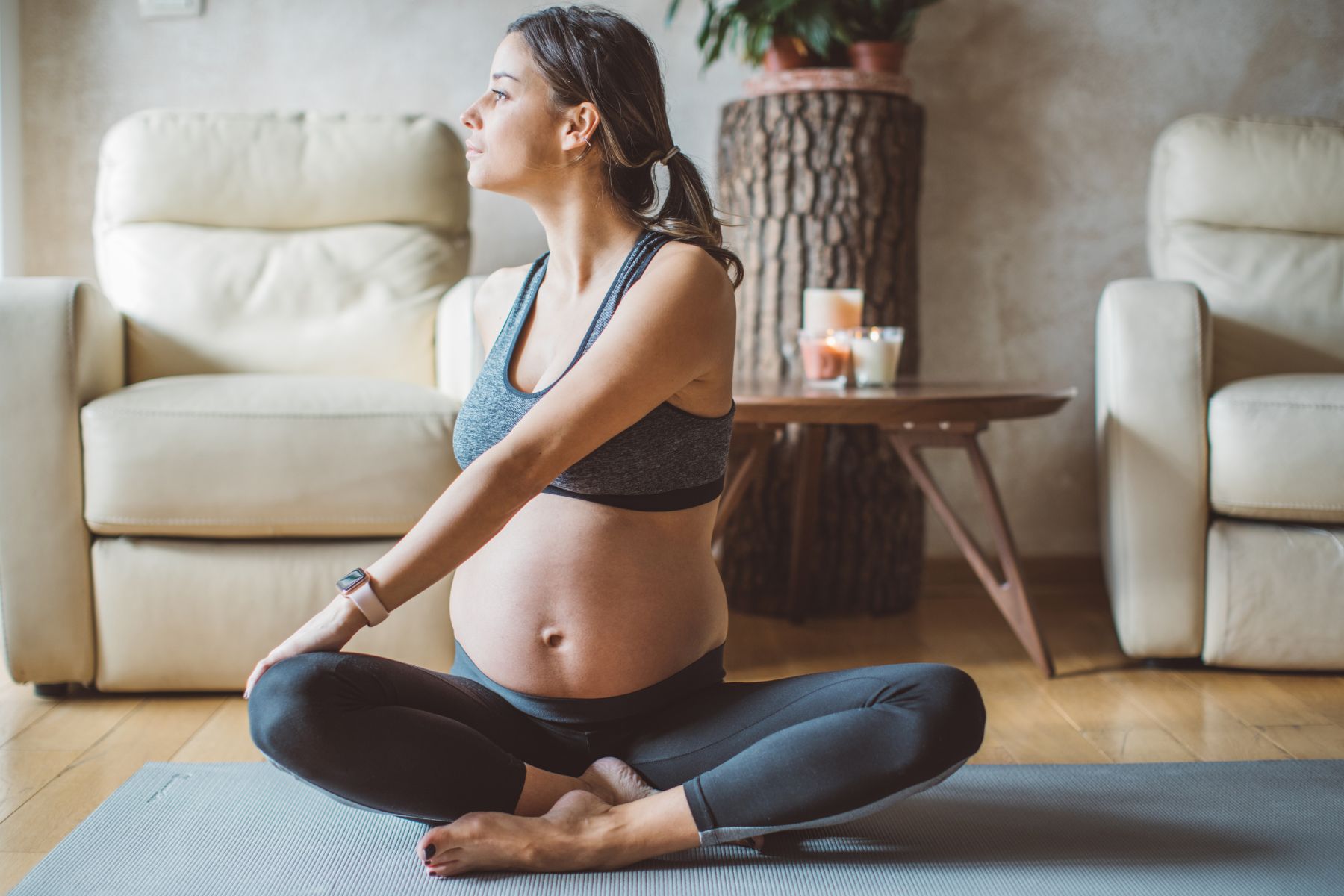The benefits of pre/post-natal fitness
Pre-natal fitness under the guidance of a skilled professional is essential in training the body in a safe but challenging way to prepare one’s body for the intensity of labor.

We have heard the myth for a long time that you need to decrease your workouts during pregnancy. I’m sure most women have heard, “don’t let your heart rate get higher than 140 while pregnant.” The typical heart rate of a women during labor is between 110-160 beats per minute. But if a woman never trains their body to prepare for the intensity of labor, how will they be able to handle the challenges of it? Pre-natal fitness under the guidance of a skilled professional is essential in training the body in a safe but challenging way to prepare one’s body for the intensity of labor.
There are so many benefits to exercising during the entirety of a pregnancy. It can help ease the symptoms of pregnancy aches and pains like low back, sciatic pain, and sacroiliac joint pain, and will decrease the risk of complications like gestational diabetes and preeclampsia. Exercise will also allow a woman to maintain a healthy weight range and increase the likelihood of an easier delivery. There’s also research to show that exercise during pregnancy has benefits for the baby as well. It shows that there’s a positive effect on a newborn’s motor and coordination development, and the baby gets the same heart benefits as the mother during cardiovascular training.
Exercise during each trimester will vary and will feel different on one’s body as it changes through the pregnancy. In the first trimester, it’s more likely to feel symptoms of nausea and extreme fatigue. Exercise during this time may look more restorative like going for walks, gentle yoga, and focusing on continuing to move. A woman may feel more energy for true exercise during their second trimester. These exercises will look more like the exercise they previously enjoyed prior to the pregnancy. One thing to consider during this phase of exercise, however, is preventing the severity of diastasis recti, or separation of the rectus abdominis muscles before and after pregnancy. Working with a professional to learn ways to prevent this and how to keep your pelvic floor strong during this time is essential.
Staying active and fit during pregnancy will allow a faster recovery after delivery. No matter how fit you were before, post-partum exercise presents with new challenges that women must learn to adapt to. Once cleared by your doctor (typically around 4–6 weeks post-partum), a woman will be able to return to exercise. This will need to be a gradual return to prevent injuries and adapt to the changes a woman’s body has after pregnancy. Learning gentle core activation, pelvic floor exercises and functional parenting activities can assist in a safe return to exercise and prevent injuries. Exercising post-partum helps to improve energy levels, sleep, manage stress more effectively and to lose weight.
Fitness and exercise during and after pregnancy have so many physical and emotional benefits for the mother and the baby. Prioritizing this in a safe and effective way can help to ease the challenges of bringing a baby into this world.

Danielle Pasquale
Danielle Pasquale, PT, DPT, is a physical therapist who is certified in women's pelvic health, dry needling and pre/post-natal fitness based in Greenwich.
RECENT POSTS
CATEGORIES

> Privacy Practices
> Terms and Conditions
Copyright © Performance 2022.
All rights reserved.
JOIN OUR COMMUNITY
Sign up for our mailing list to learn more about Performance, stay up-to-date on our offerings, and receive our newsletter.
Digital Marketing by Rebel Interactive Group
